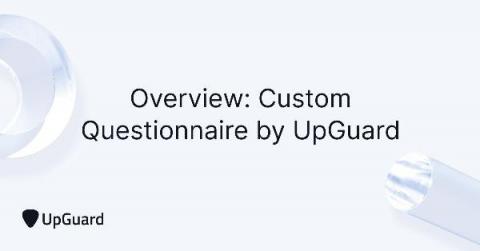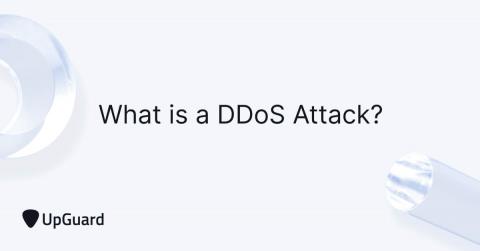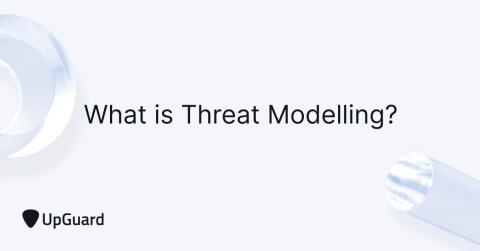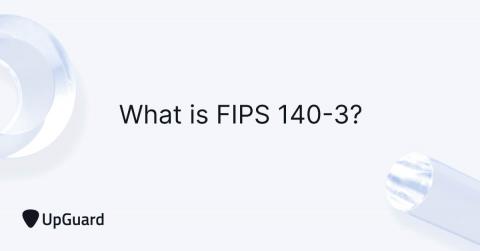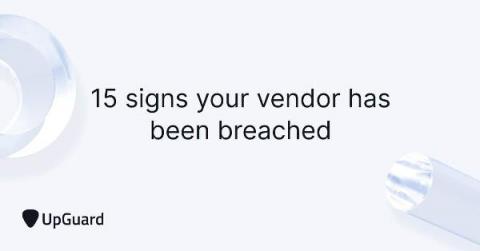Security | Threat Detection | Cyberattacks | DevSecOps | Compliance
UpGuard
Questionnaire Builder Product Demo | UpGuard Summit May 2021
Overview: Custom Questionnaire Builder by UpGuard
Digital transformation is creating unpredictable mutations across the attack surface. As a result, some third-party risks have outgrown the discovery mechanisms offered by the hundreds of standard security frameworks currently available. To cater to these growing use cases, UpGuard has introduced custom questionnaires to its industry-leading third-party risk management platform. Custom questionnaires are vendor security questionnaires that you can design yourself.
What is a DDoS Attack and How Does it Work?
A Distributed Denial of Service (DDoS) attack, is an illegal attempt to make a website unavailable by overloading its server with high amounts of fake traffic. The onslaught of malicious connection requests places legitimate visitors at the back of an undiminishing traffic queue which prevents the website from loading.
What is Threat Modelling? 10 Threat Identity Methods Explained
Threat modelling is a process for identifying potential threats to an organization's network security and all the vulnerabilities that could be exploited by those threats. Most security protocols are reactive - threats are isolated and patched after they've been injected into a system. Threat modelling, on the other hand, is a proactive approach to cybersecurity, whereby potential threats are identified and anticipated.
What's new in UpGuard | May 2021 | Cyber Security Product Releases
What is FIPS 140-3? The Critical Updates You Must Be Aware Of
FIPS 140-3 is the long-awaited update to FIPS 104-2 which was established on May 25, 2001. This updated validation process is finally capable of addressing the cryptographic modules that have evolved since 2001. This validation process includes testing with respect to certain standards or protocols and then the issuing of an official certificate from NIST (National Institute of Standards and Technology) confirming compliance with FIPS 140-3.
What is inherent risk? Your sensitive data could be In danger
Inherent risks are the cyber risks and vulnerabilities within an organization before security measures are implemented. In contrast, residual risk is calculated after cybersecurity protections have been put in place to protect against all of these inherent risks; its calculation includes every possible attack vector that could affect a system or data.
UpGuard
15 signs your vendor has been breached in 2021
The Solarwinds supply chain attack has made the danger of third-party breaches very clear. Businesses globally are realizing that their vendors may not be as secure as they originally thought. The concerning truth about vendor relationships is that you can never be confident of a prospective vendor's cybersecurity. In fact, onboarding new third-party vendors increase your digital risk and the likelihood of becoming victim to a third-party breach.




